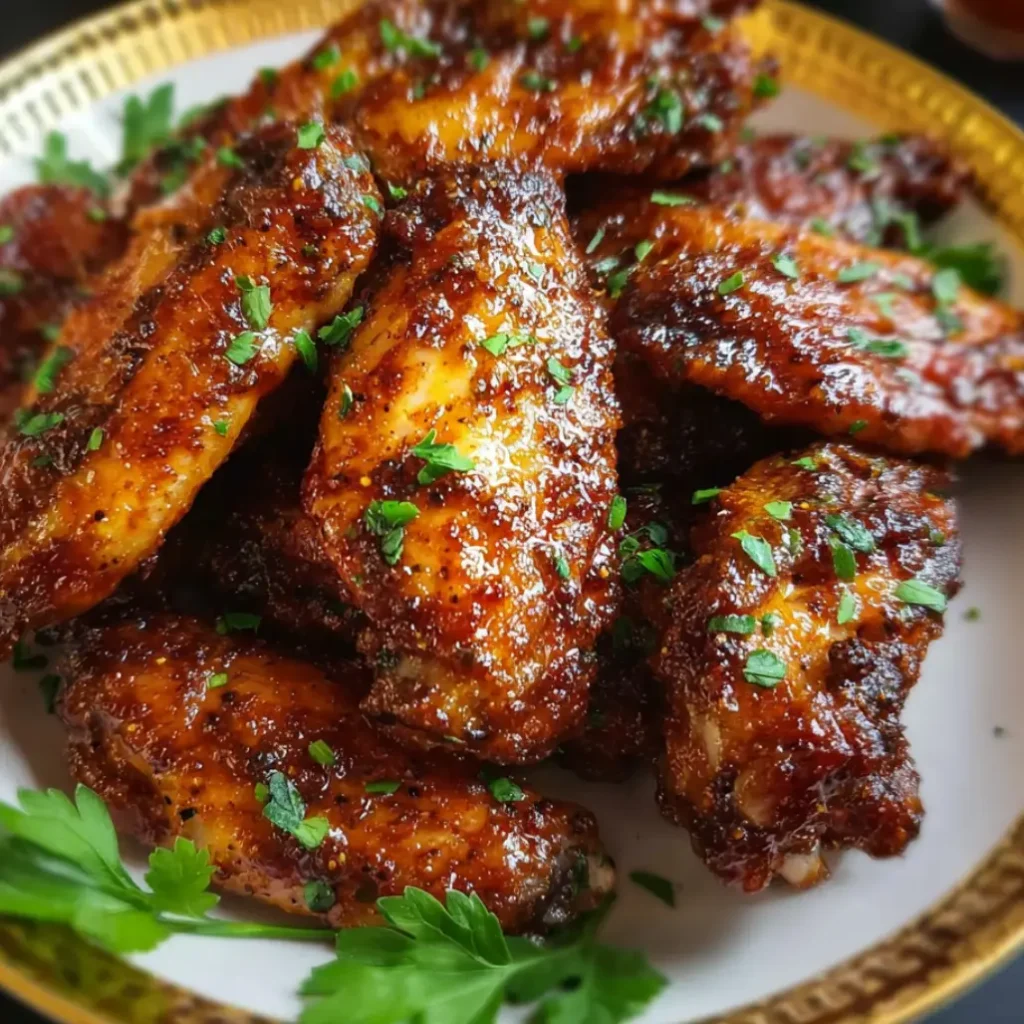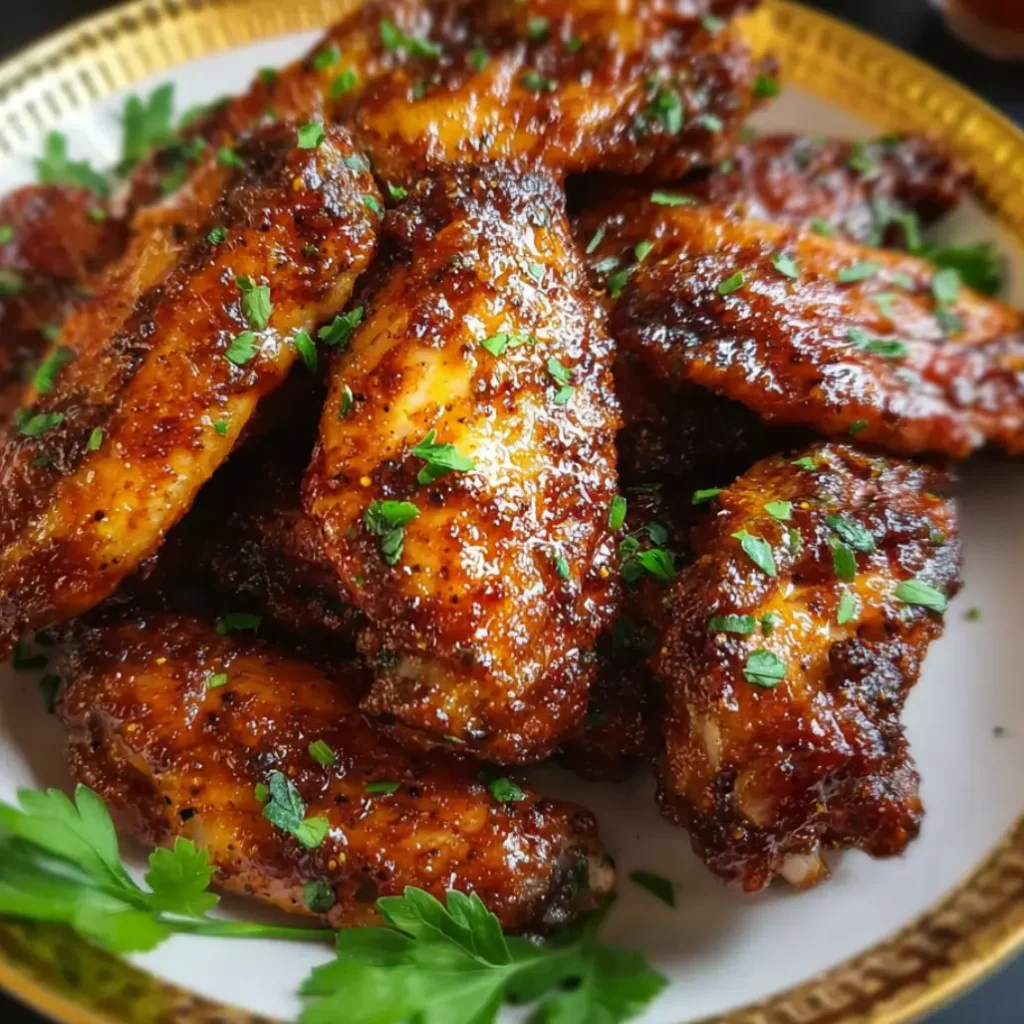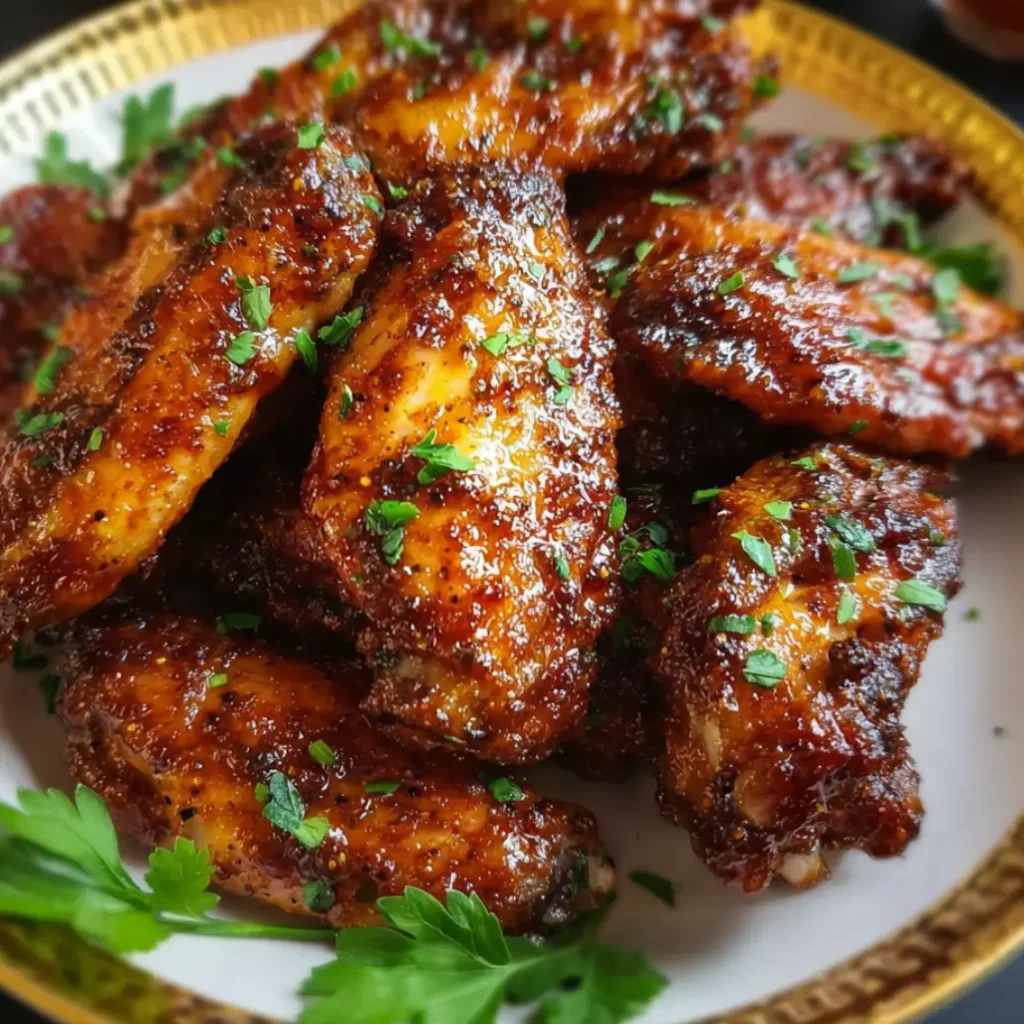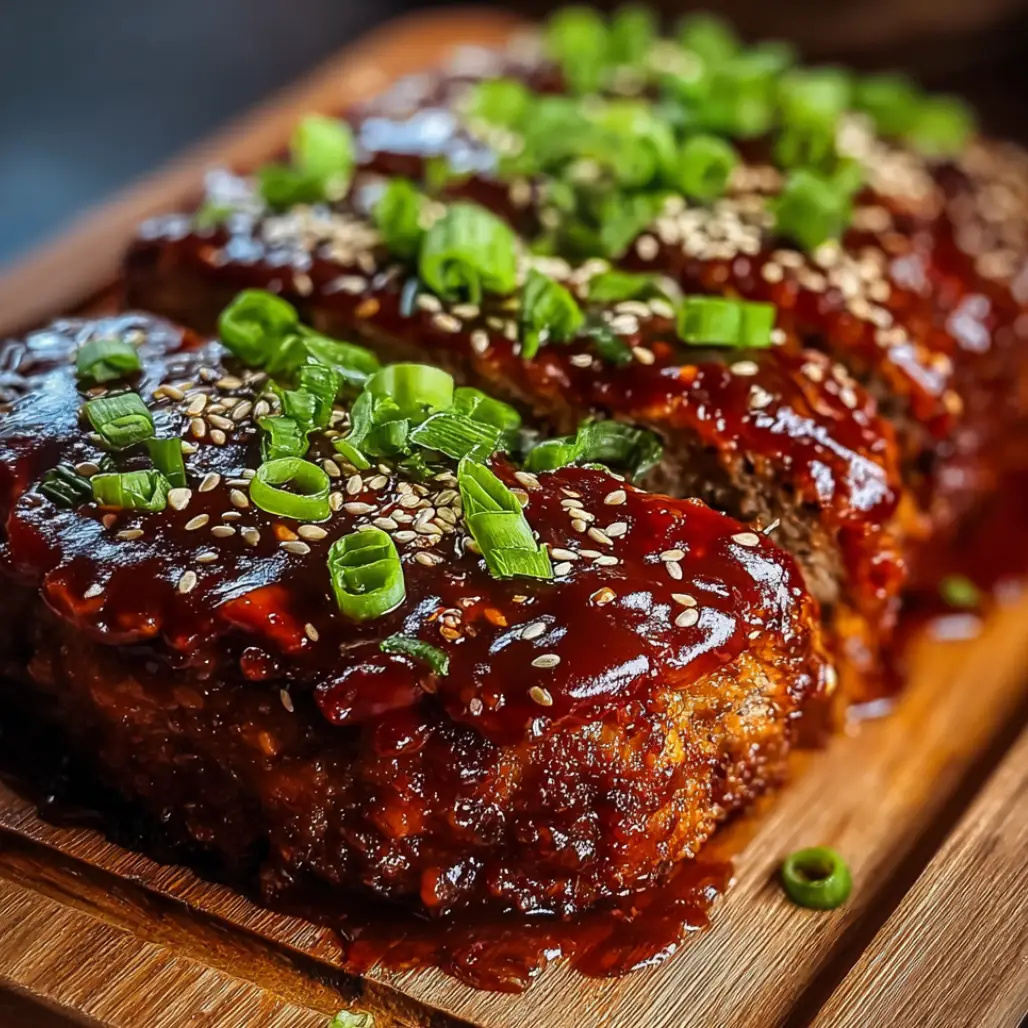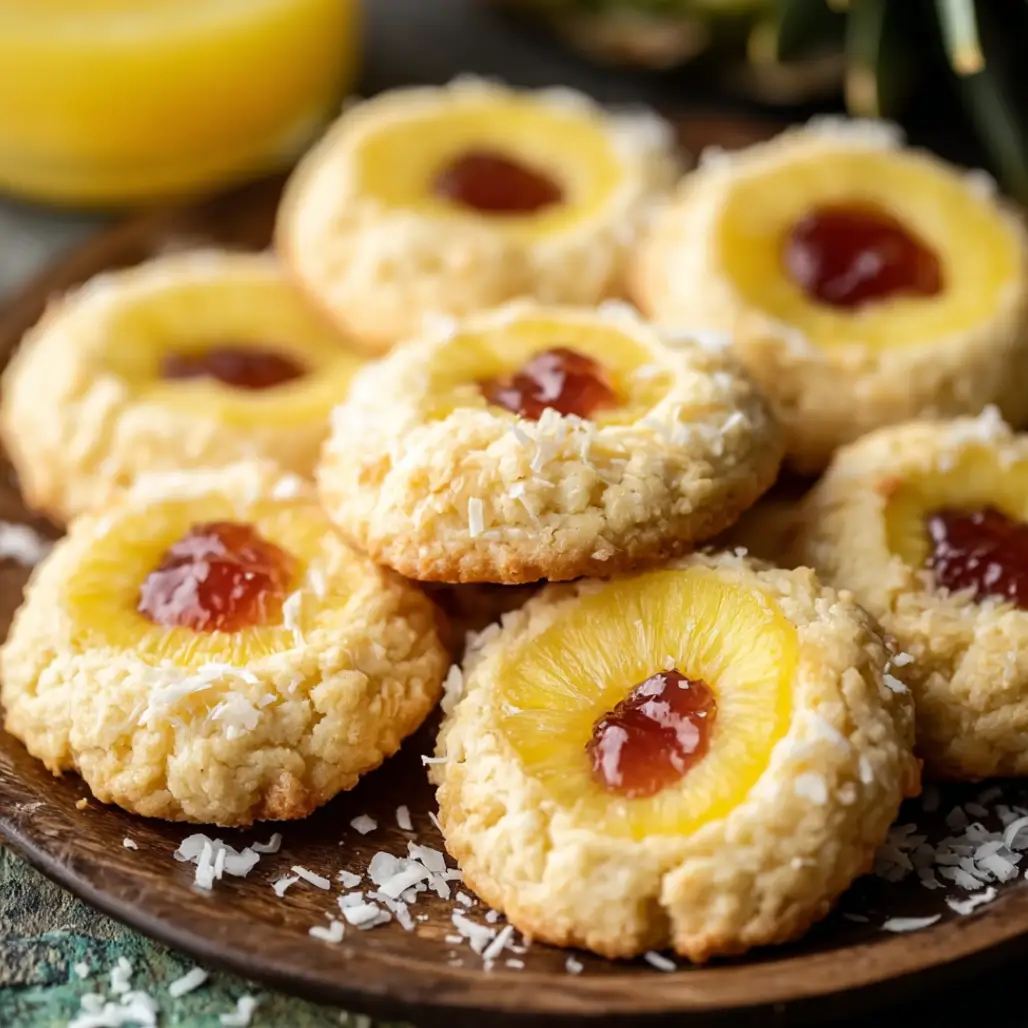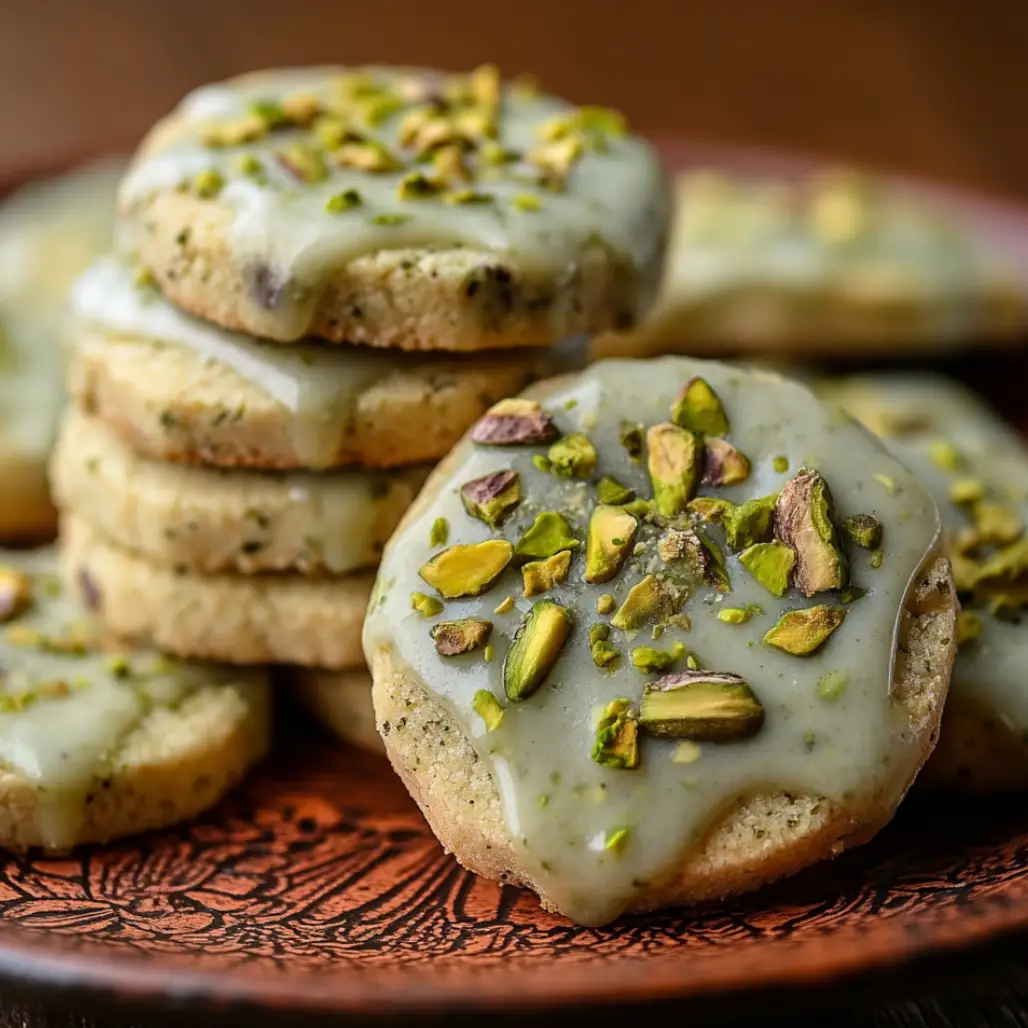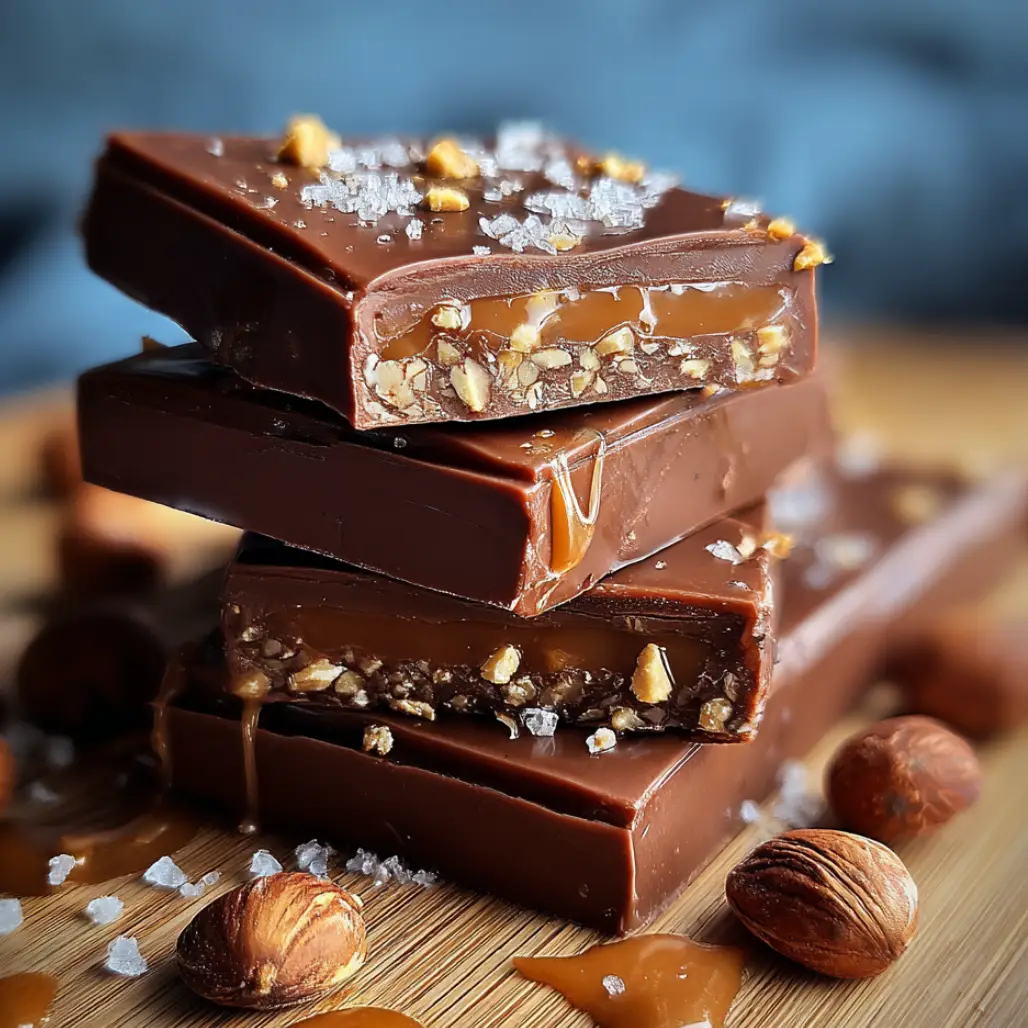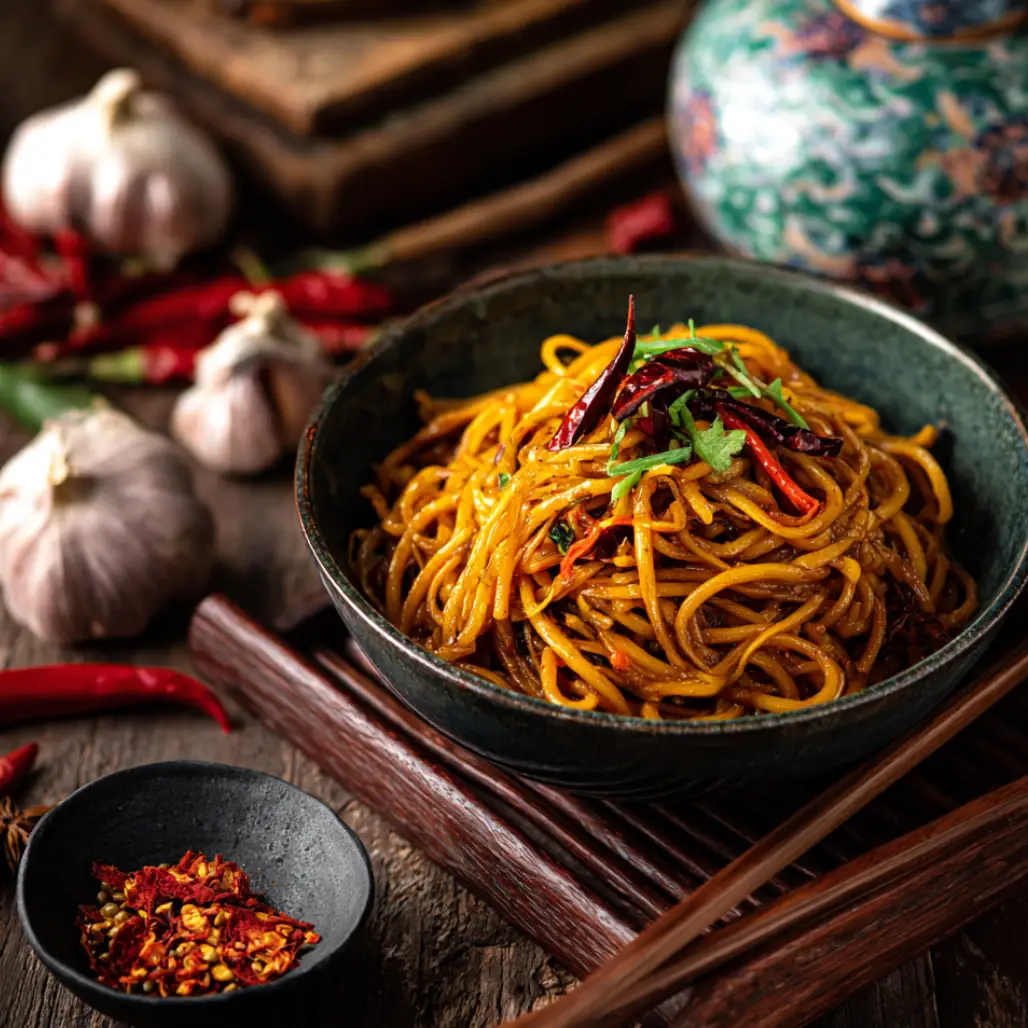| Prep Time: 15 minutes | Cook Time: 35 minutes | Total Time: 50 minutes | Serves: 6 |
Transform your ordinary chicken wings into an extraordinary culinary experience with these irresistible brown sugar Cajun wings that perfectly balance sweet caramelized sugar with bold spicy seasonings. These wings deliver a flavor explosion that will have your guests asking for the recipe because the combination of Louisiana-inspired Cajun spices with rich brown sugar creates a taste sensation that transcends ordinary wing recipes.
Why These Wings Will Become Your New Obsession
The magic of brown sugar Cajun wings lies in their perfect harmony of contrasting flavors that work together to create something truly special. The brown sugar caramelizes beautifully during cooking, forming a glossy, sticky coating that locks in moisture while creating an irresistible sweet crust because the natural sugars undergo the Maillard reaction at high temperatures. Meanwhile, the traditional Cajun spices bring warmth, depth, and just the right amount of heat to balance the sweetness because authentic Louisiana seasoning blends contain paprika, garlic, and cayenne that have been perfected over generations.
These wings excel at any gathering because they offer something for everyone’s palate, from those who prefer milder flavors to heat seekers who crave intensity. The cooking process ensures crispy skin on the outside while maintaining juicy, tender meat inside because proper preparation techniques and temperature control allow the fat to render completely. Whether you’re hosting a game day celebration, family barbecue, or casual weeknight dinner, these wings deliver restaurant-quality results in your own kitchen because the combination of marinading, proper seasoning, and careful cooking creates professional-level flavor.
Essential Ingredients for Perfect Wings
Main Ingredients:
- 3 pounds chicken wings, separated into flats and drumettes
- 1/3 cup olive oil, for coating and moisture
- 1/2 cup packed brown sugar, preferably dark for richer flavor
- 3 tablespoons Cajun seasoning blend
- 2 tablespoons smoked paprika
- 1 tablespoon garlic powder
- 1 tablespoon onion powder
- 1 teaspoon dried thyme
- 3/4 teaspoon cayenne pepper
- 1 teaspoon freshly ground black pepper
- 1 teaspoon kosher salt
Glaze Components:
- 1/3 cup honey, for natural sweetness
- 3 tablespoons apple cider vinegar
- 2 tablespoons Worcestershire sauce
- 1 tablespoon Dijon mustard
- 1 tablespoon hot sauce (optional for extra heat)
- 2 tablespoons butter, for richness and shine
Garnish Options:
- Fresh chopped parsley
- Sliced green onions
- Sesame seeds
The Art of Creating Championship Wings
Creating exceptional brown sugar Cajun wings requires understanding the science behind proper wing preparation and cooking techniques that ensure maximum flavor penetration and texture development. The key lies in removing excess moisture from the chicken skin because water prevents proper browning and creates steam that inhibits crispiness. Professional chefs often dry wings uncovered in the refrigerator for several hours because this process dehydrates the surface and concentrates flavors while allowing seasonings to penetrate deeper into the meat.
The brown sugar component serves multiple purposes beyond sweetness because it acts as a natural tenderizer while creating beautiful caramelization during the cooking process. When combined with Cajun spices, the sugar balances the heat while enhancing the overall flavor complexity because sweet and spicy elements complement each other naturally. The olive oil coating ensures even distribution of seasonings while promoting proper browning because fat conducts heat more efficiently than air alone.
Temperature control becomes crucial when working with brown sugar Cajun wings because the natural sugars can burn quickly at high temperatures, creating bitter flavors instead of the desired caramelization. The ideal cooking temperature allows the sugar to melt and caramelize gradually while the spices bloom and develop their full flavor potential because gentle heat extraction preserves the integrity of delicate compounds in the seasoning blend.
Step-by-Step Wing Mastery Instructions
Step 1: Wing Preparation and Initial Seasoning
Begin by thoroughly patting each chicken wing dry with paper towels, ensuring no moisture remains on the skin surface because any residual water will prevent proper seasoning adherence and crispy texture development.
Professional Tip: Place dried wings on a wire rack set over a baking sheet and refrigerate uncovered for 2-4 hours before seasoning because this additional drying time creates superior crispiness.
Key Points: Completely dry wings are essential for proper browning, seasoning distribution, and achieving restaurant-quality texture in your finished product.
Step 2: Creating the Brown Sugar Cajun Rub
Combine the brown sugar, Cajun seasoning, smoked paprika, garlic powder, onion powder, thyme, cayenne pepper, black pepper, and salt in a large mixing bowl, whisking thoroughly to break up any brown sugar clumps because uniform distribution ensures consistent flavor in every bite.
Professional Tip: Sift the brown sugar through a fine-mesh strainer before mixing because this eliminates lumps and creates a smoother, more even coating on the wings.
Key Points: Proper spice blending creates the foundation for exceptional flavor development, so take time to ensure all ingredients are evenly distributed throughout the mixture.
Step 3: Oil Coating and Seasoning Application
Drizzle olive oil over the prepared wings in a large bowl, tossing to coat each piece completely because the oil acts as a binding agent for the seasonings while promoting even browning during cooking.
Professional Tip: Use your hands to massage the oil into every crevice of the wings because this ensures complete coverage and helps the seasoning blend adhere properly to all surfaces.
Key Points: Even oil distribution is crucial for consistent seasoning adherence and uniform cooking results across all wing pieces.
Step 4: Applying the Brown Sugar Cajun Coating
Sprinkle the prepared brown sugar Cajun rub generously over the oiled wings, using clean hands to massage the seasoning into every surface because this physical manipulation ensures maximum flavor penetration and even distribution.
Professional Tip: Work the seasoning blend into the skin using gentle circular motions because this technique helps the spices penetrate deeper while avoiding excessive handling that could damage the skin.
Key Points: Generous seasoning application and proper massage technique are essential for developing the bold flavors that make these wings exceptional.
Step 5: Marination Process
Cover the seasoned wings tightly with plastic wrap and refrigerate for a minimum of 2 hours, though overnight marination produces superior results because extended time allows the brown sugar to partially dissolve and the spices to penetrate deep into the meat fibers.
Professional Tip: Turn the wings once during the marination period because this ensures even flavor distribution and prevents any settling of seasonings on one side.
Key Points: Proper marination time is non-negotiable for achieving the deep, complex flavors that distinguish exceptional wings from ordinary ones.
Step 6: Oven Preparation and Temperature Setting
Preheat your oven to 425 degrees Fahrenheit while positioning a rack in the upper third of the oven because this higher temperature creates proper caramelization while the elevated position promotes better browning.
Professional Tip: Place a second baking sheet on the lower rack to catch any drippings because this prevents smoke while making cleanup easier and protecting your oven.
Key Points: Proper oven temperature and rack positioning are critical for achieving the perfect balance of crispy exterior and juicy interior.
Step 7: Wing Arrangement and Initial Cooking
Arrange the marinated wings in a single layer on a parchment-lined baking sheet, ensuring adequate space between each piece because overcrowding creates steam that prevents proper browning and crisping.
Professional Tip: Use a wire rack placed on the baking sheet because this elevates the wings above their rendered fat, promoting even cooking and superior crispiness on all sides.
Key Points: Proper spacing and elevation are essential for achieving uniform cooking results and preventing soggy bottoms on your finished wings.
Step 8: Glaze Preparation During Cooking
While the wings bake for their initial 25 minutes, combine honey, apple cider vinegar, Worcestershire sauce, Dijon mustard, and hot sauce in a small saucepan because this timing ensures the glaze is ready when needed without overcooking.
Professional Tip: Warm the glaze gently over low heat, stirring constantly, because this helps all ingredients blend smoothly while preventing the honey from crystallizing or burning.
Key Points: Proper glaze consistency and temperature are crucial for achieving the glossy, flavorful coating that makes these wings irresistible.
Step 9: Final Cooking and Glaze Application
Remove wings from the oven after 25 minutes, brush generously with the prepared glaze, and return to the oven for an additional 10-12 minutes because this two-stage process ensures proper cooking while allowing the glaze to caramelize beautifully.
Professional Tip: Reserve some uncooked glaze for serving because the cooked glaze develops a different flavor profile that complements the reserved portion perfectly.
Key Points: Timing the glaze application correctly ensures proper caramelization without burning, creating the perfect sticky-sweet coating that defines these wings.
Professional Tips for Wing Excellence
Achieving consistently outstanding results requires attention to several key details that separate amateur efforts from professional-quality wings. Temperature accuracy becomes paramount because even small variations can dramatically affect browning, texture, and flavor development because the Maillard reaction and caramelization processes are highly temperature-sensitive.
Consider investing in an instant-read thermometer to monitor internal temperatures because properly cooked wings should reach 165 degrees Fahrenheit throughout, while the exterior develops a deep golden-brown color. Quality ingredients make a significant difference in final results because fresh spices contain more volatile oils than older alternatives, while pure brown sugar caramelizes more evenly than processed blends.
For optimal crispiness, avoid covering the wings during any part of the cooking process because steam is the enemy of crispy skin. Additionally, resist the temptation to move or turn the wings frequently because this disrupts the browning process and can cause the coating to stick to the pan rather than the wings themselves.
Creative Variations to Explore
Smoky Bourbon Brown Sugar Wings: Replace half the brown sugar with bourbon barrel-aged maple syrup and add a teaspoon of liquid smoke to the rub because this combination creates sophisticated flavors perfect for upscale entertaining. The bourbon notes complement the Cajun spices beautifully because both flavor profiles originated in the American South and share common taste elements.
Asian-Inspired Brown Sugar Wings: Incorporate sesame oil, rice vinegar, and a touch of soy sauce into the glaze while adding Chinese five-spice to the dry rub because this fusion approach creates exciting new flavor dimensions. Consider garnishing with toasted sesame seeds and sliced scallions because these additions provide textural contrast and visual appeal.
Coffee-Rubbed Brown Sugar Wings: Add finely ground espresso to the dry rub mixture because coffee enhances the brown sugar’s natural caramel notes while providing earthy depth that complements the Cajun spices. This variation works particularly well for brunch gatherings because coffee and breakfast flavors pair naturally with wing presentations.
Tropical Brown Sugar Wings: Substitute coconut sugar for half the brown sugar and add dried pineapple powder to the rub because tropical flavors create an unexpected but delightful contrast to traditional Cajun heat. Finish with a sprinkle of toasted coconut flakes because this garnish reinforces the tropical theme while adding textural interest.
Perfect Pairing Ideas
These brown sugar Cajun wings pair exceptionally well with cooling side dishes that balance their bold flavors and rich coating. Consider serving alongside creamy coleslaw or refreshing cucumber salad from our perfect sides collection because these options provide textural contrast and palate-cleansing properties. The acidity in vinegar-based slaws cuts through the richness while the cool temperature provides relief from the spicy heat.
Complement these wings with savory sides that won’t compete with their complex flavors, such as simple roasted vegetables or herb-seasoned potato wedges. For beverage pairings, explore our refreshing beverages collection because the carbonation and acidity in certain drinks cleanse the palate between bites while enhancing the overall dining experience.
Consider creating a complete meal by starting with lighter snacks and appetizers before serving the wings as the main attraction. This progression allows guests to appreciate the wings’ bold flavors fully because their palates won’t be overwhelmed by competing tastes from heavier preliminary dishes.
Discover More Flavor Adventures
Expand your culinary repertoire with complementary recipes that showcase similar flavor profiles and cooking techniques. Our flavored dips and marinades collection offers numerous accompaniments that enhance wing presentations because variety creates more engaging dining experiences for guests and family members.
For those who enjoy the sweet-spicy combination found in these wings, explore additional recipes featuring brown sugar and spice blends because this flavor profile works beautifully across various proteins and cooking methods. Understanding the principles behind successful sweet-spicy combinations allows you to adapt these techniques to other dishes with confidence.
Consider incorporating these flavor principles into your breakfast favorites because brown sugar and spices work wonderfully in morning preparations, creating cohesive meal planning opportunities that showcase your developing culinary skills and creativity.
Storage and Reheating Guidelines
Proper storage techniques ensure these delicious wings maintain their quality and safety for future enjoyment. Store leftover wings in airtight containers in the refrigerator for up to four days because the acidic components in the glaze help preserve freshness while the sealed environment prevents flavor transfer to other foods.
For optimal reheating results, use your oven set to 375 degrees Fahrenheit for 8-10 minutes rather than microwave heating because oven reheating restores crispiness to the coating while heating the meat evenly throughout. Avoid adding additional glaze during reheating because the existing coating will caramelize further, potentially becoming too intense or bitter.
These wings freeze successfully for up to three months when properly wrapped in freezer-safe packaging because the brown sugar acts as a natural preservative while the spices maintain their potency during frozen storage. Thaw completely in the refrigerator before reheating because this gradual process prevents texture degradation and ensures food safety.
The Science Behind Perfect Wings
Understanding the chemical processes involved in creating exceptional brown sugar Cajun wings elevates your cooking from following recipes to mastering techniques. The Maillard reaction occurs when amino acids and reducing sugars react under heat, creating the complex flavors and appealing colors that make these wings irresistible because this process generates hundreds of different flavor compounds that our palates interpret as delicious.
Brown sugar contains molasses, which adds depth and complexity beyond simple sweetness because molasses contains various acids and compounds that enhance browning reactions. The Cajun spices contribute volatile oils and capsaicin compounds that provide heat and aromatic qualities because these elements become more pronounced when heated, releasing their full flavor potential.
Proper moisture management during cooking affects texture development because controlled dehydration of the skin creates crispiness while the meat retains its natural juices. The oil coating facilitates heat transfer and browning because fat conducts heat more efficiently than air, ensuring even cooking throughout each wing piece.
Troubleshooting Common Issues
When wings don’t achieve proper crispiness, the most common culprit is excess moisture on the skin surface because water creates steam that prevents browning reactions from occurring effectively. Solution involves thorough drying before seasoning and ensuring adequate spacing during cooking because overcrowding traps steam around the wings.
If the brown sugar coating burns before the wings cook through, your oven temperature is too high or the wings are positioned too close to the heat source because sugar begins burning at relatively low temperatures compared to protein cooking requirements. Lower the temperature by 25 degrees and move the wings to a lower rack position because this adjustment allows gentle caramelization without burning.
Uneven seasoning distribution results from inadequate mixing or insufficient oil coating because dry seasonings need moisture to adhere properly to the wing surfaces. Ensure thorough oil coating before adding seasonings, and use your hands to massage the spices into every surface because this physical manipulation ensures complete coverage and flavor penetration.
Additional Inspiration and Recipe Connections
Expand your wing repertoire with complementary recipes that build upon the techniques mastered in this brown sugar Cajun preparation. The principles of proper seasoning, temperature control, and moisture management apply across various protein preparations because these fundamentals create consistently excellent results regardless of specific ingredients used.
Explore our extensive salad collection for light accompaniments that balance the richness of these wings because fresh, acidic elements cleanse the palate and provide nutritional variety to your meal planning. These salads work particularly well for summer entertaining because they require no additional cooking while providing cooling contrast to spicy wing preparations.
Round out your meal with selections from our dessert recipes because sweet endings provide satisfying closure to spicy, savory meal beginnings. Consider desserts featuring complementary flavors like caramel or cinnamon because these elements echo the brown sugar components while providing familiar comfort food satisfaction.
Final Thoughts on Wing Mastery
These brown sugar Cajun wings represent the perfect intersection of bold flavors, achievable techniques, and crowd-pleasing appeal that makes them essential additions to any cook’s repertoire. The combination of sweet caramelization with spicy Louisiana-inspired seasonings creates a flavor profile that satisfies diverse palates because the balance prevents any single element from overwhelming the overall taste experience.
Success with this recipe builds confidence for tackling more complex flavor combinations and cooking techniques because the principles demonstrated here apply broadly across various culinary applications. The attention to detail required for exceptional results develops skills that enhance all your cooking endeavors because understanding temperature control, timing, and ingredient interactions creates a foundation for culinary excellence.
Whether preparing these wings for game day celebrations, family dinners, or casual entertaining, the consistently outstanding results will establish your reputation as someone who creates memorable food experiences. The relatively simple ingredient list belies the sophisticated flavors achieved because proper technique and attention to detail transform ordinary chicken wings into extraordinary culinary creations that guests will request repeatedly.

